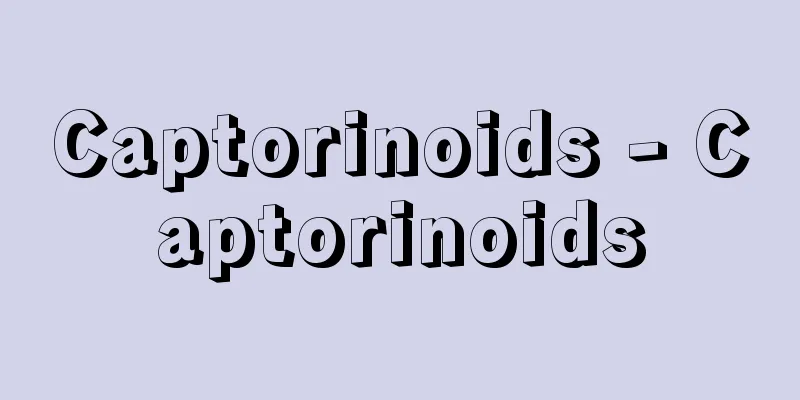First-person narrative film

|
A first-person subjective film in which the viewer, that is, the eye of the camera, becomes the "I." SM Eisenstein defined this technique as "an attempt to symbolically express the subconscious and show on the screen the inner world of fantastical dream associations," and "to combine the 'eye' of the lens with the eye of the spectator, placing the spectator in the seat of the film's protagonist through the name of the characters in the film's story." He analyzed that the "foundation of its visual syntax" was found in the psychoanalytic films of the German Expressionists, such as GW Papst's Wonders of the Mind (1926). Source: Heibonsha World Encyclopedia, 2nd Edition Information |
|
見る者,すなわちカメラの目がそのまま〈私〉になる一人称的主観描写映画。S.M.エイゼンシテインはこの手法を〈潜在意識を象徴的に表現し,幻想的な夢の連想の内面世界をスクリーンに示す試み〉であり,〈レンズの“目”を観客の目に結合し,映画の物語の人物の名で映画の主人公の席に観客をおく試み〉と定義して,その〈視覚的シンタックス(文章構成法)の基礎〉は,G.W.パプスト監督《心の不思議》(1926)などのドイツ表現派の心理分析的映画にあったと分析している。
出典 株式会社平凡社世界大百科事典 第2版について 情報 |
Recommend
Takamasa Onakatomi
...It occupies a vast area stretching from the no...
Daito
〘 noun 〙 A large square box at the bottom of the s...
Muslim - Huihuikyo
〘Noun〙 (Huihui is from Chinese) = Islam (━religion...
Al-Suhrawardī, Shihāb al-dīn Yaḥyā
Born: 1155. Sufrawald [Died] 1191. A mystical phil...
Kidd, W.
…British pirate. His real name was William Kidd. ...
Conjugated form - Katsuyoukei
〘noun〙 The various forms that Japanese verbs and a...
standing committee
...In addition, because party discipline is weak ...
Magnet - jimag
("Shaku" is the Go-on pronunciation of &...
Potatoes - Imorui
…In agriculture, food crops are divided into edib...
fulvous day-lily
...Wild species similar to this day-lily are dist...
My God - My God
...In Oki and Uku Island in Goto, the storehouse ...
Bottle gourd (Hyotan) - bottle gourd (English spelling)
An annual plant of the Cucurbitaceae family (illus...
Henry II - Henry
Plantagenet King of England (reigned 1154-1189). H...
Ark of the Covenant
1. A box that contained the stone tablets on which...
King of Power
…However, as Qin in the west blocked Wei's ad...




![Ota [village] - Ota](/upload/images/67cb15f35ff9a.webp)




